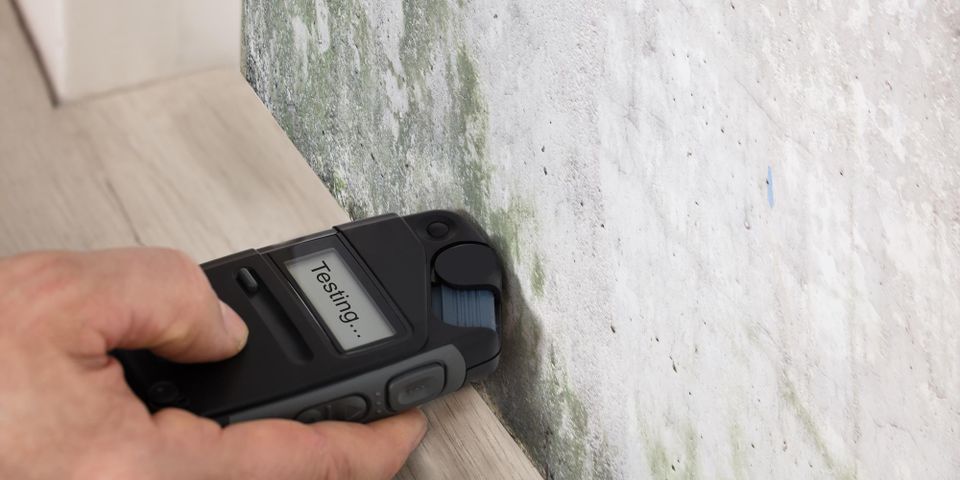3 Ways to Control Moisture & Limit Mold in Your Home

For areas of the country that experience high levels of humidity, mold remediation can be an important part of keeping your home healthy and safe. But while many people know how to identify mold once it's set in, fewer understand the steps that can be taken to prevent it from flourishing in the first place. Here are a few techniques to control moisture in your home, and consequently keep out mold.
Your Guide to Mold Remediation
1. Look for Stagnant Water
Mold thrives in wet or moist places, so you want to be on the lookout for areas in the home where water collects for extended periods of time. Focus on places like the shower and kitchen sink. Also pay attention to the attic, as it can collect water that leaks through the roof.
2. Buy Moisture-Absorbing Houseplants
 Some houseplants function as organic dehumidifiers, absorbing moisture right out of the air. If you're looking to reduce moisture in your home and minimize mold, certain houseplant species such as peace lilies, palms, and ferns can be surprisingly powerful tools.
Some houseplants function as organic dehumidifiers, absorbing moisture right out of the air. If you're looking to reduce moisture in your home and minimize mold, certain houseplant species such as peace lilies, palms, and ferns can be surprisingly powerful tools.
3. Schedule a Plumbing Inspection
One of the easiest ways for mold and mildew to thrive in a home is through leaks in the plumbing. Scheduling regular plumbing inspections once or twice a year can ensure that all your home's pipes are tightly sealed and not leaking any water into your home.
If you’re in need of mold remediation services, turn to Ohana Environmental Construction in Honolulu. For more than 35 years, their team has handled everything from lead paint removal and asbestos abatement to home inspections. To learn more about their services, visit the website. To schedule mold remediation services, call (808) 836-6955 today.
About the Business
Have a question? Ask the experts!
Send your question

